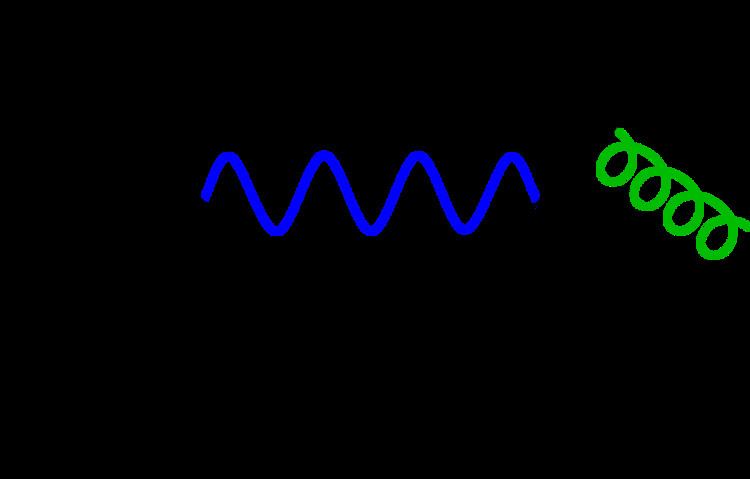 | ||
In physics, particularly quantum field theory, the Weyl Equation is a relativistic wave equation for describing massless spin-1/2 particles. It is named after the German physicist Hermann Weyl.
Contents
Equation
The general equation can be written:
explicitly in SI units:
where
is a vector whose components are the 2 × 2 identity matrix for μ = 0 and the Pauli matrices for μ = 1,2,3, and ψ is the wavefunction - one of the Weyl spinors.
Weyl spinors
The elements ψL and ψR are respectively the left and right handed Weyl spinors, each with two components. Both have the form
where
is a constant two-component spinor.
Since the particles are massless, i.e. m = 0, the magnitude of momentum p relates directly to the wave-vector k by the De Broglie relations as:
The equation can be written in terms of left and right handed spinors as:
where
Helicity
The left and right components correspond to the helicity λ of the particles, the projection of angular momentum operator J onto the linear momentum p:
Here
Derivation
The equations are obtained from the Lagrangian densities
By treating the spinor and its conjugate (denoted by
